|
By Whitney Scott 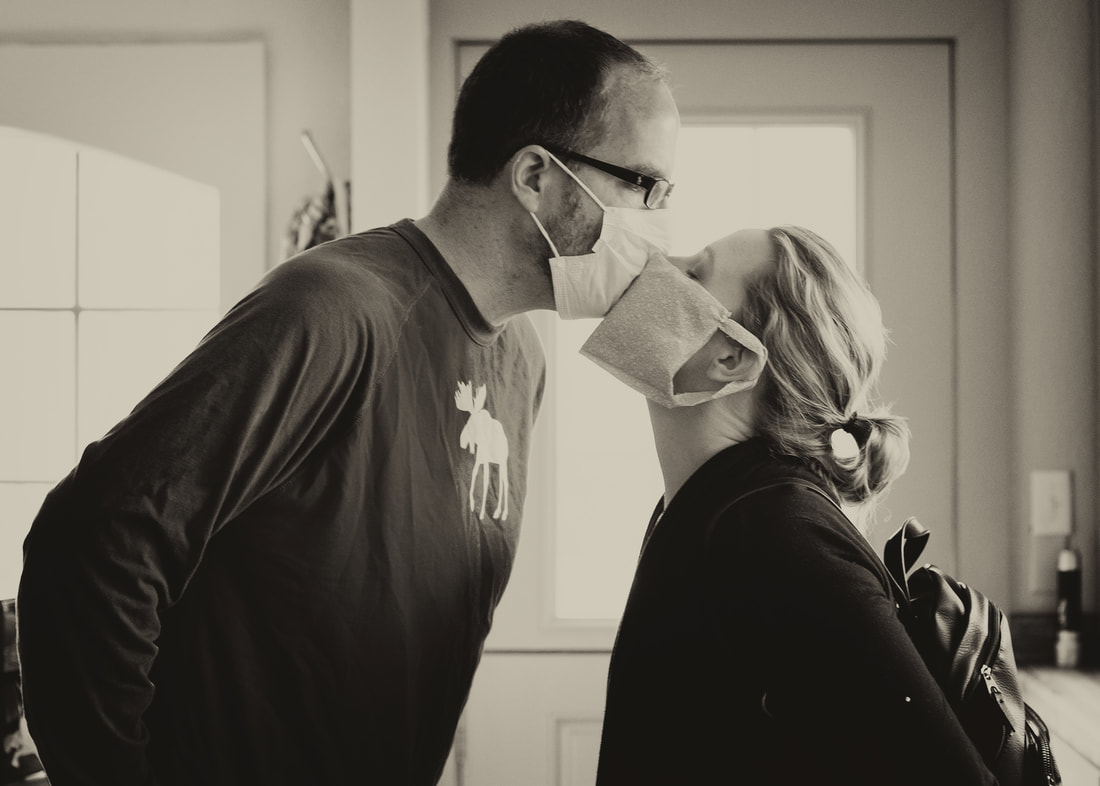 Three weeks ago I picked up my camera just because I wanted to. Having been a professional photographer for over a dozen years, I have a camera in my hand multiple times a week, but always with the goal of creating something sellable for other people. It’s my source of income. My job. Not that I resent it; I still love what I do, but when it comes to capturing my own family I’ll grab my Iphone like every other “instant gratification do what’s easiest” person out there. But a worldwide pandemic does change things, doesn’t it? A week after shutting down our business indefinitely I felt itchy. As you all probably know very well, the need to create is a deep instinct. It’s not something you turn off. Don’t get me wrong, I can channel that creativity into other things as well. During this slow time our family has put in a garden, worked on home renovations, baked and painted and taken online classes to learn everything from magic to make-up. However, I long for my camera like an extension of myself, so picking it up to document our family during this quarantine felt like the perfect thing to do. I believe you should do it too. Here are my best tips for telling the full story in a beautiful way.
3 Comments
Say you're thinking about buying a new couch for your living room, what do you do and how do you go about it? If you're like me it'll probably go something like this: You'll start your research online. You might take a look on Pinterest for some inspiration or some snazzy interior design websites to get an idea of the style and colour you're after. You might then decide to browse some online furniture stores to see if there's anything that takes your fancy. You make a shortlist and a plan to take a trip to said stores at the weekend. For the rest of the week, your Facebook feed has been throwing up pictures of different sofas all over the place. One of the adverts catches your eye and you add that one to your shortlist too. The weekend arrives and you venture out to your carefully selected stores. You walk in to the first store and scan the floor for the one you liked on their website. You spot it in the far corner and head straight to it. You plop down onto it and do a little bounce to see how it feels. You make a mental note of it's squishiness and imagine yourself curled up on it with a blanket while you Netflix and chill. You then check out the swatch book to see what the colour you had in mind looks like in real life. Eew... it's much darker than you remember from the picture you saw online. You ask the store assistant if there are other options. He explains the differences in the available materials and the advantages of each. He tells you that the new Navy colour is really popular and very on trend. You hadn't thought of Navy before but seeing it in reality now, you actually really like it. It feels super soft too! Mental notes made, you move onto the next place and the test starts over.
Several couch visits later you figure you need to sleep on it before you make a decision but there are two definite contenders. You dig out the brochures you picked up in store and take another look. You get the measuring tape out to confirm the dimensions of where it will go. Ah ha... one of them is a tad too big and would mean you'd have to lose one of the side tables. Decision made! You head back to the store the following day and place the order. The store assistant advises you that it will take 6 weeks for delivery and recommends an upgrade that will help protect it and keep it clean. It's a little extra than you had budgeted for but you figure it's worth it. You also spot some cushions that will look divine with it and you just have to have them. You walk out the door cushions in hand, excitedly anticipating the arrival of your new couch which will be delivered just in time for Christmas! Job done. So what was the point of that story I hear you ask? There are many things to consider when creating a good price list. In today's post we will look at 9 mini hacks that you can implement instantly to make your price list more effective at converting clients and boosting your sales.
We had a chat with Whitney and David to learn more about their photography business, and what motivates them.
A little bit of background on David & Whitney Whitney Scott Photography is based in Arkansas and started as a family hobby. Whitney has loved photography since high school, and David is the ultimate computer geek! A business in photography was the perfect blending of their talents that has gone from strength to strength since it began. The Scott’s have photographed a little bit of everything, from the CEO’s of Fortune 500 companies, to magazine covers, to big rig truck calendars and once, a model in a ballgown they created out of trash. Most. Fun. Ever. The heart and soul of their business, however, is the everyday families whose relationships they photograph in ways that capture personality and connection. They are sought after educators in the professional photographic community and can frequently be found speaking at conferences and workshops across the US. This year they've embarked on a new venture with fellow photographers, Tavis and Amy Guild, with Tribe of 5, a collection of coach-led mastermind groups designed to give photographers support, community and accountability. You can find out more about it here. As a wedding photographer, what’s your go to product? Traditionally, albums have been the mainstay for wedding clients. They have evolved and changed over the years but are still popular among wedding couples today. However, when digital came about, many photographers opted to go the route of offering “Digital Only Packages”. For some, this may have been in reaction to the consumer asking for “just digital images” and for others, it was just the easier option. After all, it takes a lot less work to supply a disc, USB or an online gallery at the end of the process than going through the motions of proofing and designing, re-proofing, ordering and delivering an album. However, by offering digital only packages, it’s very possible that the beautiful moments you captured in camera that day will never see daylight. Unfortunately this is the sad reality of a digital world. Yes, they may put a few up on social media but photography is an art and art deserves to exist in a physical form.
So you have 3 options: 1. You continue to just supply digital files to your clients knowing they may never get printed 2. You continue to offer albums to your clients and take the hit on those who don't want an album 3. You could try offering an alternative product and see the results for yourself but this requires an open mind. How open-minded are you? When you're browsing a website and you need more information on something, what's the first thing you look for?
Very often, you have to dig around in navbars and footers for a phone number or an email address. In some cases, it feels like you need to be Sherlock Holmes to find it and it becomes very frustrating! In fact, if I struggle to find it within a minute or 2, I'll just leave. For me, the first thing I look for is an Online Chat. If they don't have that, I will look for an email address or an online contact form and failing that, a phone number. I'm not a fan of talking on the phone, especially if I have a simple question about something and I'm not alone. For people aged 54 and below, the majority of people would prefer to use text over voice as a form of communication on a mobile device so it's no wonder that messaging apps such as WhatsApp and Facebook Messenger have become so popular. Do you actively market to the Baby Boomer generation? If you don't, you could be missing a trick!
Marketers often forget or overlook Baby Boomers (born between 1946-1964) as a marketing generation as they tend to focus on the younger generations and Millenials in particular. However, people over the age of 50 account for 51% of consumer spending and in the US, 70% of the disposable income is controlled by Baby Boomers (Nielsen, 2016). Baby Boomers are the wealthiest age group this century and are therefore too big to ignore. They have money to spend but they want to spend it wisely. They have a reputation for being diligent and hardworking and have saved and spent wisely over the years, so it's up to you to make a case for why you would be a good match for them as a photographer. Offering an unforgettable, positive experience is a great way to generate repeat business. In this post, we're going to explore one method we can use to enhance our clients experience of our service.  Become a Champion to your ClientsIt's important to put yourself in your client's shoes when looking at your business sales process. The experience you offer your client is absolutely critical to long term success. If you offer them an unforgettable experience, they are bound to come back in the future and buy from you again. Also, it's highly likely that you can increase your business through referral marketing because they'll be raving about you to family and friends. Today, I want to talk about the "Champion" of your sales process and how you can use one simple technique as a way to offer an incredible experience for your client to ensure that they will feel compelled to recommend you to their family and friends.. I know many people would regard you as their "Champion" (including me) if you offered them a hanging service for any wall art they have bought. Rather than discounting your wall art when your clients buy more, why not offer them a free Wall Art Hanging Service? Beat their frustrationHow can this simple service add so much value to your client? Firstly, the thought of hanging wall art can be a complete turn off for many people. It causes utter frustration...I know from experience! Not only are you vanquishing this nightmare, you are saving your client the additional time of having to come and collect their wall art, as well as saving them the mental strain of figuring out how to hang it on the wall in the first place! So, you've decided that you're going to offer this service – how do you actually use it to your advantage to persuade them to work with you again? Start with "Thank You" Let's pretend that you are in your client's home hanging their wall art for them. They now regard you as their champion, and you're hoping to use this opportunity to not only offer an incredible experience, but to get them back again in the future. What can you do? One method is to mention that you have brought them a little gift to say ‘Thank You’. This is when you give them a voucher to use off their next sitting... If it's a family portrait or shoot, you could mention how their children (or whoever you have photographed) grow up so quick. Tell them how great their next portrait will look hanging alongside what you have just hung on their wall. Ask them if they would like you to give them a call in a years time to remind them to book in for their next shoot. Take note of this, and also note where you hung the wall art so when you do call them in a year, you have all the details. The Cherry On Top Offering a Wall Art Hanging Service is a great way to become a "Champion" in your client's mind. People won't remember what you say or do, they'll remember how you made them feel, and by giving them an exceptional experience, you're sure to be front of mind when it's time for their next shoot or when a friend is considering one. Adding this special touch also helps you build and maintain your relationship with your clients, which is a major factor in them returning to you for future shoots not to mention referring you to others. In my upcoming posts I'm going to be talking about how you can maximise your AOV by offering the perfect "cherry on top" product to complement your wall art sales. In the meantime, for more tips, hints and ways to grow your business, join our 3XM Insiders Facebook group by clicking here, or on the button below. Till next time!
Understanding how to better connect with your clients is critical to the sustained success of your photography business and bridging the value-gap is an important piece of the jigsaw.
This is our third and final part in a series of posts that will discuss exactly how you can do this. In our first post we discussed why clients might be asking for "just the digitals" and the irritating effect it tends to have on photographers. In the second part, we looked at why we need to embrace the change, shift our mindset about selling digital files, and how we might adapt our offerings so that we can bridge that value-gap. For this final part in the series, we will explore some examples of the best way to bridge this value-gap with your clients. Understanding how to better connect with your clients is critical to the sustained success of your photography business and bridging the value-gap is an important piece of the jigsaw. This is part two in a series of posts that will discuss exactly how you can do this. In our previous post we discussed why clients might be asking for "just the digitals" and the irritating effect it tends to have on photographers. In this second part, we will look at why we need to embrace the change, shift our mindset about selling digital files, and how we might adapt our offerings so that we can bridge that value-gap. Fighting back against the consumer who is asking for digital files is a recipe for disaster.We need to learn to embrace this change and shift our mindset about selling digital files.
As ‘Tom Goodwin’ in his book ‘Digital Darwinism’ explains, in every era of innovative change, we as humans have reacted to each of the three stages of ‘Pre-Age’, ‘Mid-Age’ and ‘Post-Age’ in exactly the same way. In the ‘Pre-Age’, everything was just great, with incremental innovations based on the era. The Pre-digital era professional photography business model was built purely on selling printed products. The Photographer retained the copyright and the film negatives and if another print was required the consumer would have to go back to the Photographer. One example of this in wedding photography was the order of re-prints from a Bride & Groom's family and friends after they had viewed the wedding album. Quite often this was the ‘real profit’ made by the Photographer, with everything prior just fulfilling the living and business needs. It was truly the ‘cherry on top’. Everything was great. Any industry innovation was incremental and revolved around a different album cover or a new frame, but, aside from that, the business model and the offering did not change much. Most photographers had a studio on the high street and relied on footfall for much of their awareness and business. Then along came digital. We are still in the ‘Mid-Age’ of digital but will quickly pass into the ‘Post-Age’. In the 'Mid-Age' of any innovation there is much upheaval, confusion as to what to do, and many companies and businesses that don’t adapt simply cease to exist. We’ve all seen a prime example in our industry – the demise of Kodak! With the development of digital, we've seen many changes to the 'Pre-Age'. What's Changed With the internet, photographers no longer need to be on the high street to promote their brand. Selling printed products is not the only way to sell photographs, and newer technology is causing disruption with the introduction of USB drives and online galleries. Yet as an industry, we continue to see the request to buy ‘a digital image’ as heresy and question why the consumer even asks this. If we truly want to bridge the value-gap with the consumer we need to figure this out. In my humble opinion, to bridge the gap with the consumer we need to discover as an industry, how we can fulfil their inherent desire to have both the ‘Tangible’ and the ‘Digital’ while ensuring we have sustainable, profitable businesses. Unless we do this, we will not survive. Why? |
AuthorsRonan Ryle Archives
August 2023
Categories
All
|
Information |
Products |
|

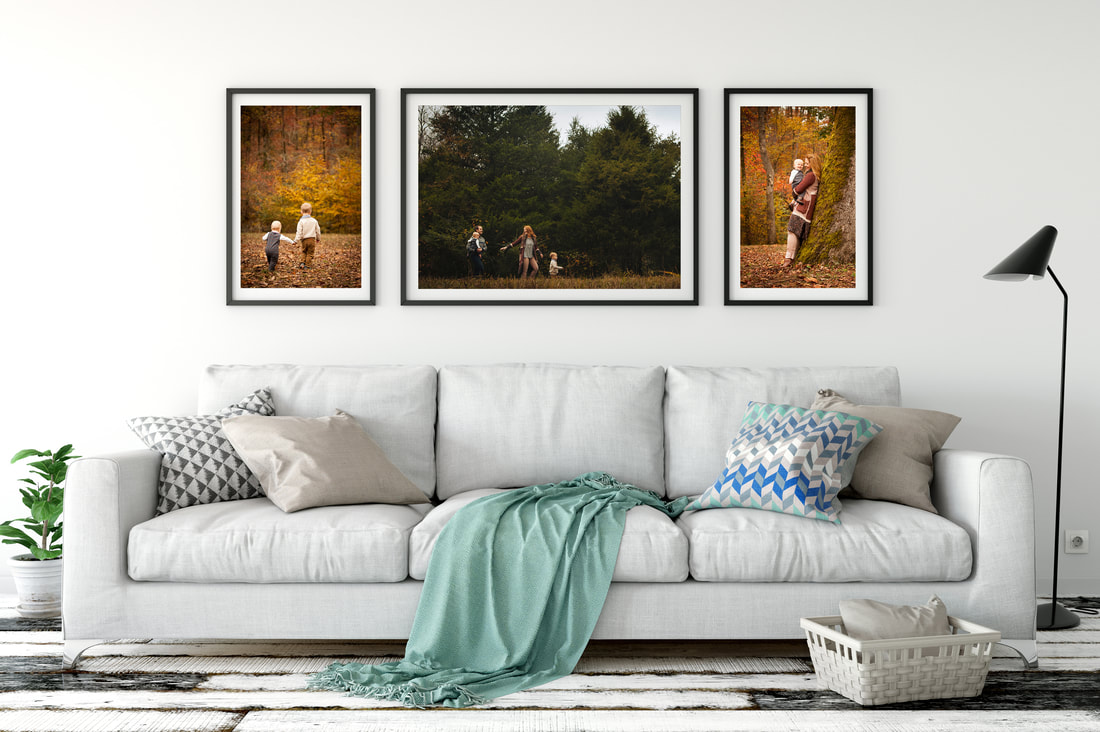
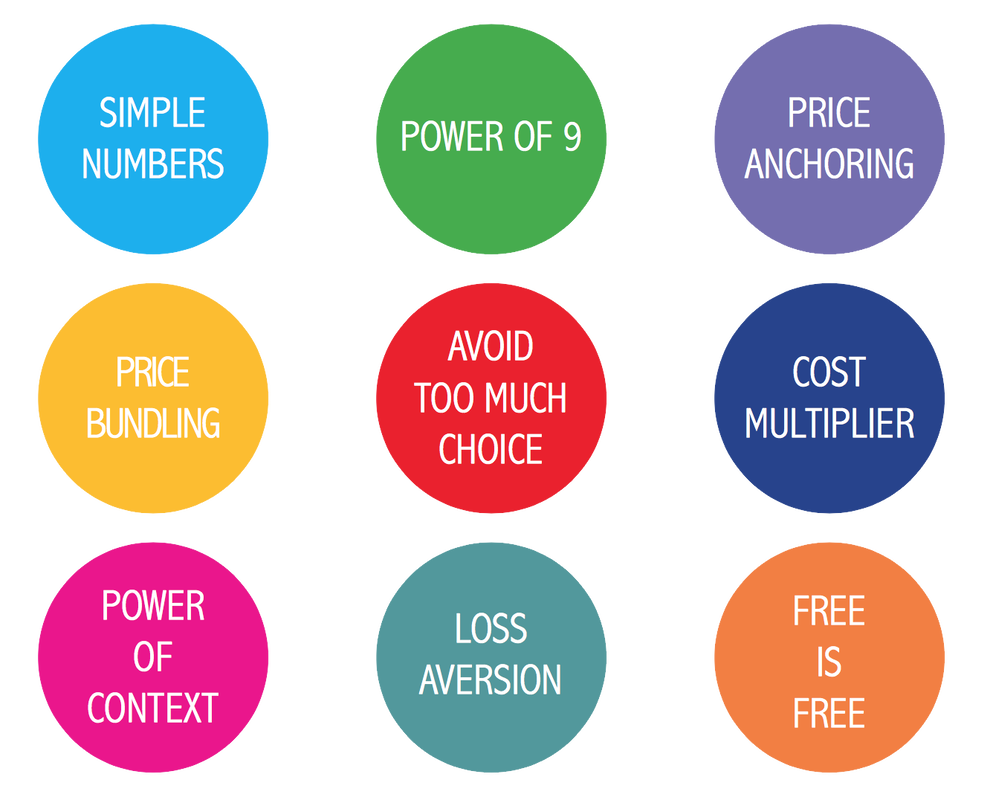
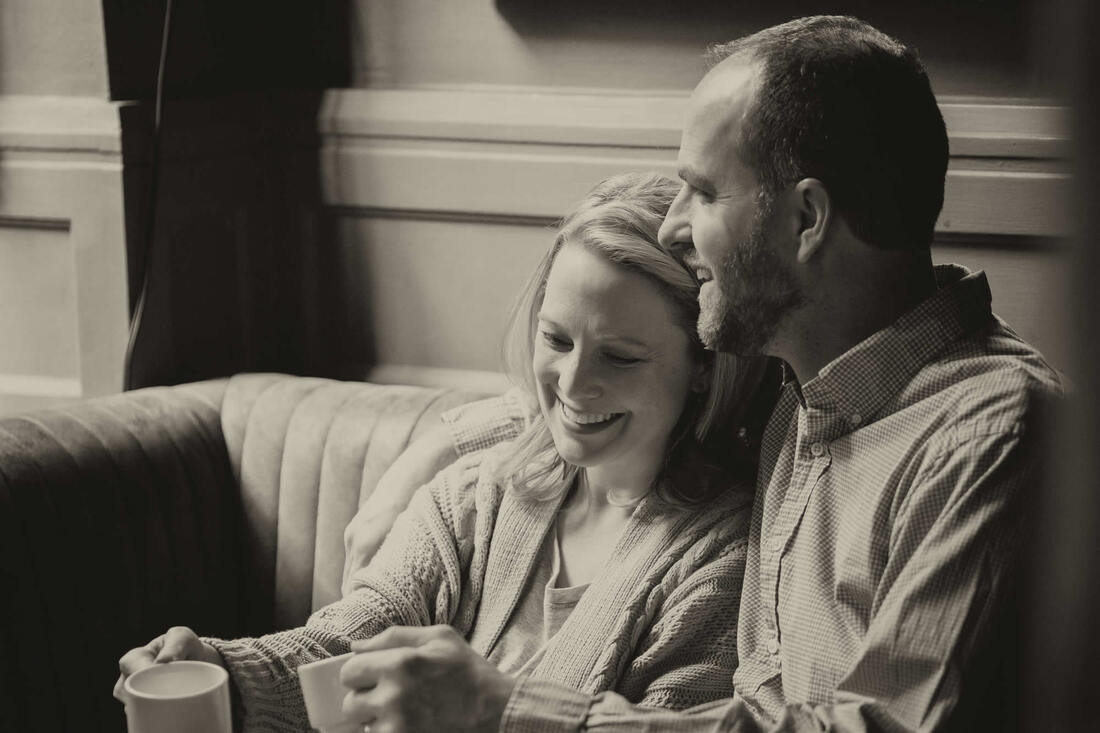
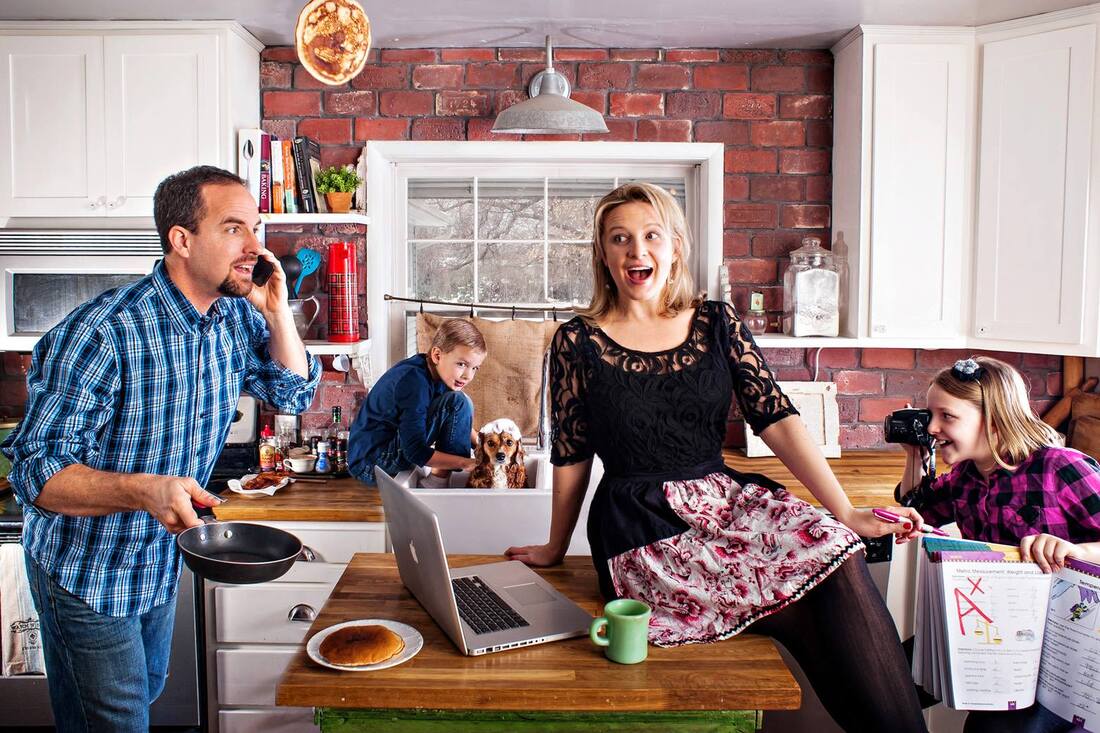
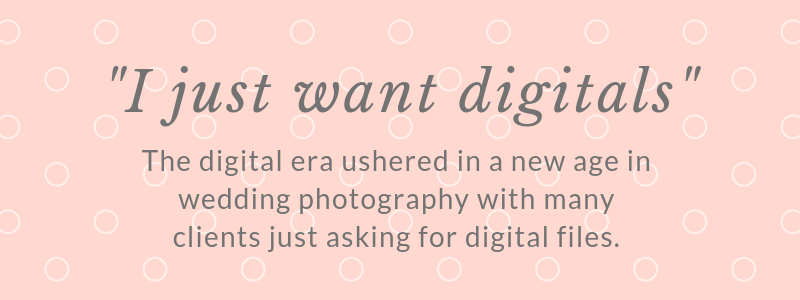

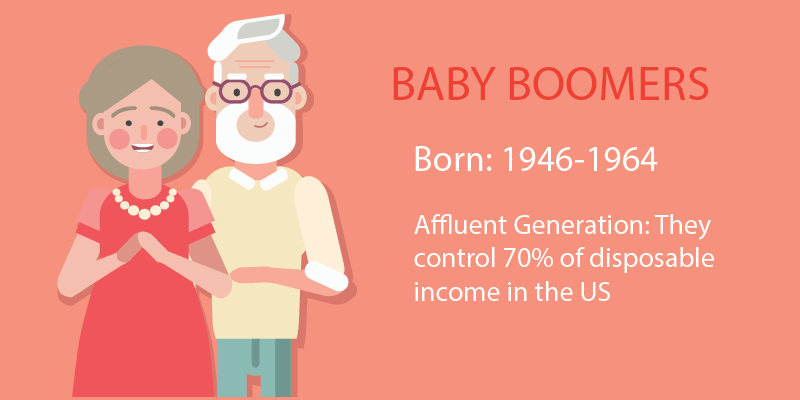


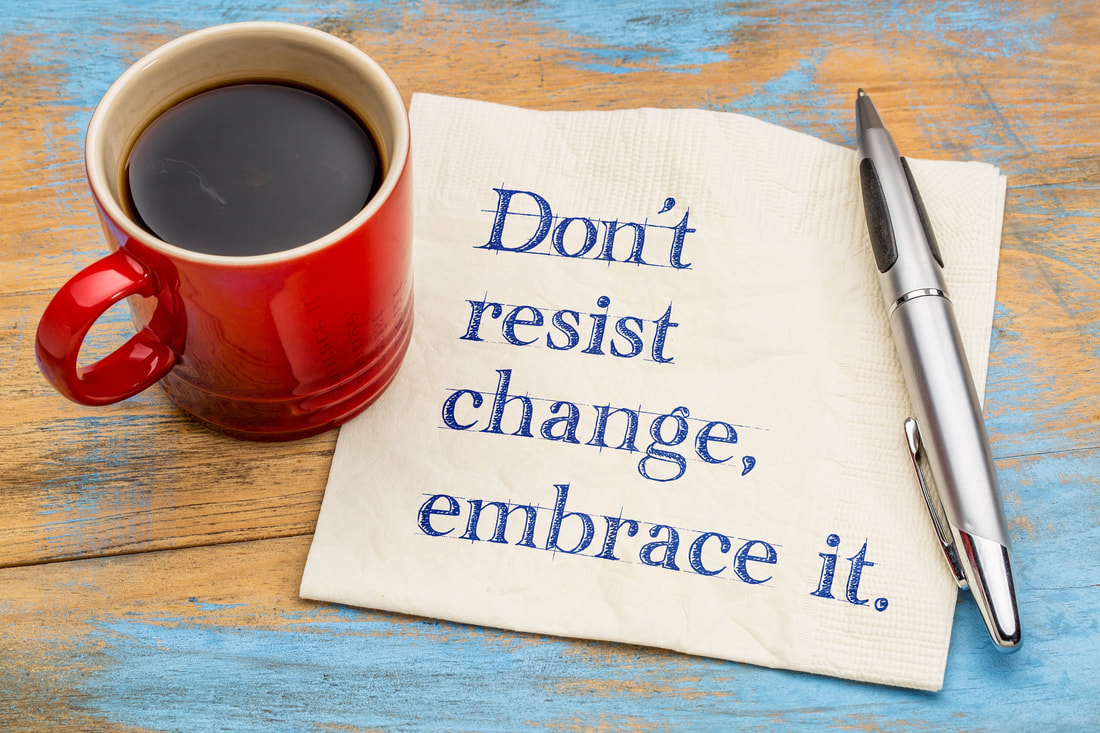

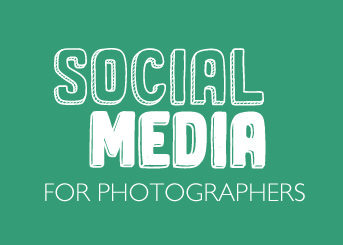
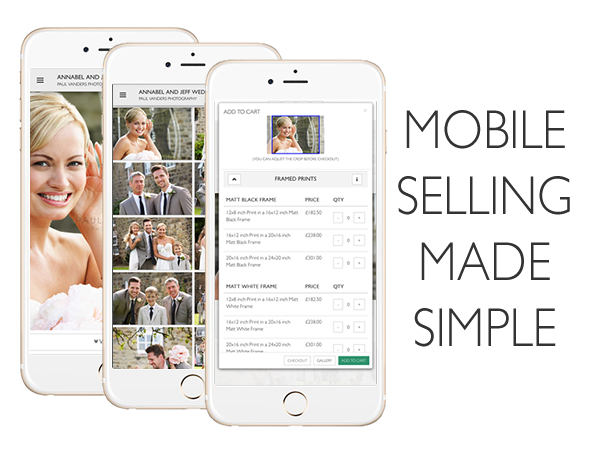
 RSS Feed
RSS Feed